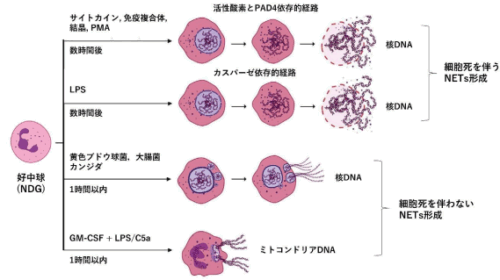2025-05-01 スウォンジー大学
<関連情報>
- https://www.swansea.ac.uk/press-office/news-events/news/2025/05/invasive-rats-and-rainforest-mammals-are-sharing-gut-microbes-as-urban-areas-grow.php
- https://onlinelibrary.wiley.com/doi/10.1111/mec.17782
熱帯の都市と農村のエコトーンにおける在来および移入小型哺乳類の宿主-マイクロバイオーム関連性 Host-Microbiome Associations of Native and Invasive Small Mammals Across a Tropical Urban–Rural Ecotone
Alessandra Giacomini, Maklarin B. Lakim, Fred Y. Y. Tuh, Matthew Hitchings, Sofia Consuegra, Tamsyn Uren Webster, Konstans Wells
Molecular Ecology Published: 28 April 2025
DOI:https://doi.org/10.1111/mec.17782

ABSTRACT
Global change and urbanisation profoundly alter wildlife habitats, driving native animals into novel habitats while increasing the co-occurrence between native and invasive species. Host-microbiome associations are shaped by host traits and environmental features, but little is known about their plasticity in co-occurring native and invasive species across urban–rural gradients. Here, we explored gut microbiomes of four sympatric small mammal species along an urban–rural ecotone in Borneo, one of the planet’s oldest rainforest regions experiencing recent urban expansion. Host species identity was the strongest determinant of microbiome composition, while land use and spatial proximity shaped microbiome similarity within and among the three rat species. The urban-dwelling rat Rattus rattus had a microbiome composition more similar to that of the native, urban-adapted rat Sundamys muelleri (R. rattus‘ strongest environmental niche overlap), than to the closely related urban-dwelling R. norvegicus. The urban-dwelling shrew Suncus murinus presented the most distinct microbiome. The microbiome of R. norvegicus was the most sensitive to land use intensity, exhibiting significant alterations in composition and bacterial abundance across the ecotone. Our findings suggest that environmental niche overlap among native and invasive species promotes similar gut microbiomes. Even for omnivorous urban-dwellers with a worldwide distribution like R. norvegicus, gut microbiomes may change across fine-scale environmental gradients. Future research needs to confirm whether land use intensity can be a strong selective force on mammalian gut microbiomes, influencing the way in which native and invasive species are able to exploit novel environments.


